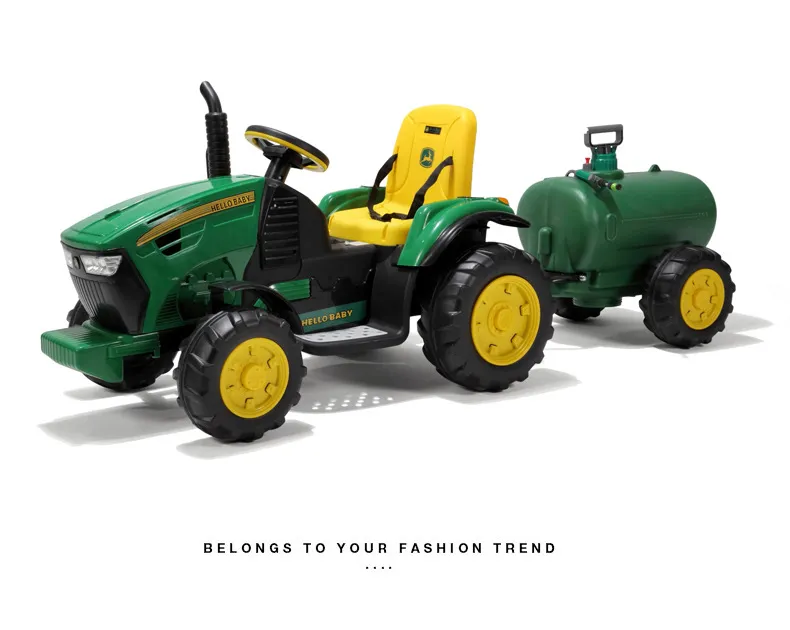
- Afrikaans
- Albanian
- Amharic
- Arabic
- Armenian
- Azerbaijani
- Basque
- Belarusian
- Bengali
- Bosnian
- Bulgarian
- Catalan
- Cebuano
- Corsican
- Croatian
- Czech
- Danish
- Dutch
- English
- Esperanto
- Estonian
- Finnish
- French
- Frisian
- Galician
- Georgian
- German
- Greek
- Gujarati
- Haitian Creole
- hausa
- hawaiian
- Hebrew
- Hindi
- Miao
- Hungarian
- Icelandic
- igbo
- Indonesian
- irish
- Italian
- Japanese
- Javanese
- Kannada
- kazakh
- Khmer
- Rwandese
- Korean
- Kurdish
- Kyrgyz
- Lao
- Latin
- Latvian
- Lithuanian
- Luxembourgish
- Macedonian
- Malgashi
- Malay
- Malayalam
- Maltese
- Maori
- Marathi
- Mongolian
- Myanmar
- Nepali
- Norwegian
- Norwegian
- Occitan
- Pashto
- Persian
- Polish
- Portuguese
- Punjabi
- Romanian
- Russian
- Samoan
- Scottish Gaelic
- Serbian
- Sesotho
- Shona
- Sindhi
- Sinhala
- Slovak
- Slovenian
- Somali
- Spanish
- Sundanese
- Swahili
- Swedish
- Tagalog
- Tajik
- Tamil
- Tatar
- Telugu
- Thai
- Turkish
- Turkmen
- Ukrainian
- Urdu
- Uighur
- Uzbek
- Vietnamese
- Welsh
- Bantu
- Yiddish
- Yoruba
- Zulu
Nov . 25, 2024 18:57 Back to list
how to adjust a mountain bike rear derailleur
How to Adjust a Mountain Bike Rear Derailleur
Adjusting the rear derailleur on your mountain bike is a crucial skill that every cyclist should possess. A well-tuned derailleur ensures smooth and precise shifting, allowing you to navigate challenging trails efficiently. This guide will walk you through the steps necessary to adjust your mountain bike's rear derailleur.
Tools You Will Need
Before diving into the adjustments, gather the following tools
- Phillips screwdriver - Allen wrenches (typically 4mm, 5mm, or 6mm) - Bike stand (optional but helpful) - Chain checker (optional)
With these tools at hand, you’re ready to start the adjustment process.
Step 1 Inspect the Derailleur and Chain
Before making any adjustments, it’s essential to perform a general inspection of your bike’s drivetrain
- Ensure that the chain is clean and lubricated. A dirty or rusted chain can lead to shifting issues. - Check for chain wear using a chain checker tool. A worn chain may slip and not shift properly. - Inspect the derailleur for any signs of damage; bent hangers or cages can cause misalignment.
Step 2 Set the High Limit Screw
The high limit screw prevents the derailleur from moving too far in towards the frame
1. Shift your bike into the smallest rear cog (highest gear). 2. Locate the high limit screw on the derailleur. It’s typically marked as ‘H’. 3. Adjust the screw until the jockey wheel (the small pulley on the derailleur) is aligned directly beneath the smallest cog. If the jockey wheel is too far in, turn the screw clockwise; if it’s too far out, turn it counterclockwise. This alignment is crucial to avoid the chain falling off the bike.
Step 3 Set the Low Limit Screw
Next, you'll set the low limit screw to prevent the chain from overshifting onto the largest cog
1. Shift to the largest rear cog (lowest gear). 2. Find the low limit screw marked as ‘L’. 3. Repeat the alignment process, ensuring that the jockey wheel is directly beneath the largest cog. Adjust the screw accordingly until you achieve proper alignment.
how to adjust a mountain bike rear derailleur

Step 4 Adjust the Pad and B-Screw
The B-screw adjusts the distance between the derailleur and the cassette
1. With the bike in the smallest cog, check the distance between the top jockey wheel and the largest cog. 2. Ideally, there should be about a 3-5mm gap. To adjust, turn the B-screw clockwise to decrease the gap and counterclockwise to increase it. 3. Proper adjustment allows for smooth shifting across all gears, especially when transitioning to the largest cog.
Step 5 Cable Tension Adjustment
Shifting problems could also be due to incorrect cable tension
1. Start by shifting to a middle cog for easier adjustment. 2. Locate the barrel adjuster on the derailleur or shifter. Turn it counterclockwise to increase tension or clockwise to decrease it. 3. Test the shifting with the shifter. If the shifts are slow or missed, you may need to adjust the tension.
Step 6 Test Shifting Performance
With the limits set and cable tension adjusted, it's time to test the bike
1. Shift through all the gears while riding. Pay attention to how smoothly the chain shifts from cog to cog. 2. If you notice any issues, return to your adjustments and fine-tune as necessary.
Step 7 Final Checks
Once you’re satisfied with the shifting, do a final inspection
- Check for any unusual noises while shifting. - Make sure the derailleur is securely mounted to the hanger with no loose bolts. - Confirm that the chain runs smoothly on each cog without jumping or skipping.
Conclusion
Maintaining a properly adjusted rear derailleur is fundamental for optimal mountain biking performance. By following these steps, you can ensure that your bike shifts smoothly, allowing you to focus on enjoying your ride rather than wrestling with your gears. Regular maintenance will not only enhance your biking experience but also extend the life of your bike’s drivetrain components. Happy cycling!
-
The Ultimate Kids' Four-Wheeler Experience
NewsJul.09,2025
-
The Ultimate Guide to Mountain Bikes: Gear Up for Your Ride
NewsJul.09,2025
-
The New Age of Cycling: Electric Bikes for Every Rider
NewsJul.09,2025
-
The Best Kids Bicycles: Ride in Style and Safety
NewsJul.09,2025
-
The Best 3-Wheel Scooters for Kids: Fun, Safety, and Adventure
NewsJul.09,2025
-
Revolutionize Your Ride: Affordable Electric Bikes
NewsJul.09,2025
-
Finding the Perfect Mountain Bike for Every Rider
NewsJul.09,2025



